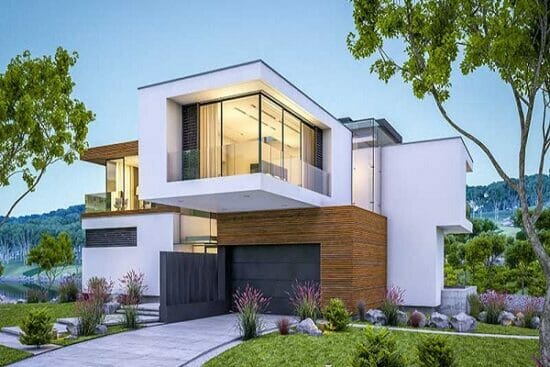E – 1928 Building Envelope
$75.00
Courses Included
A building envelope consists of fenestration (doors and windows), roofs, walls, and insulations. Since a building envelope separates the unconditioned exterior environment from the conditioned interior space, it is one of the key factors that impact building energy consumption.
Building envelope performance: The building envelope, which has a very close relationship with building energy consumption, comprises of a range of elements such as roofs, walls, windows, foundations, air leakage, etc. Advanced energy efficient building envelope design is essential to reducing building energy consumption. Space heating and cooling account for majority of global building energy consumption.
Energy–efficient HVAC equipment: To reduce the energy consumption of building HVAC and equipment involves using technologies, such as heat metering technology, application of a variety of heat pump technologies, energy efficiency air-conditioning systems, radiant ceiling cooling/heating systems, heat recovery ventilation technology, etc.
High-efficiency lighting systems: There are two main ways to reduce the energy consumption for lighting, one is making full use of natural light; the other is adoption of green lighting products and intelligent control systems.
Daylighting has both passive and active methods. Passive methods of daylighting usually utilize architecture elements, such as different types of windows, light wells, atriums, etc.






